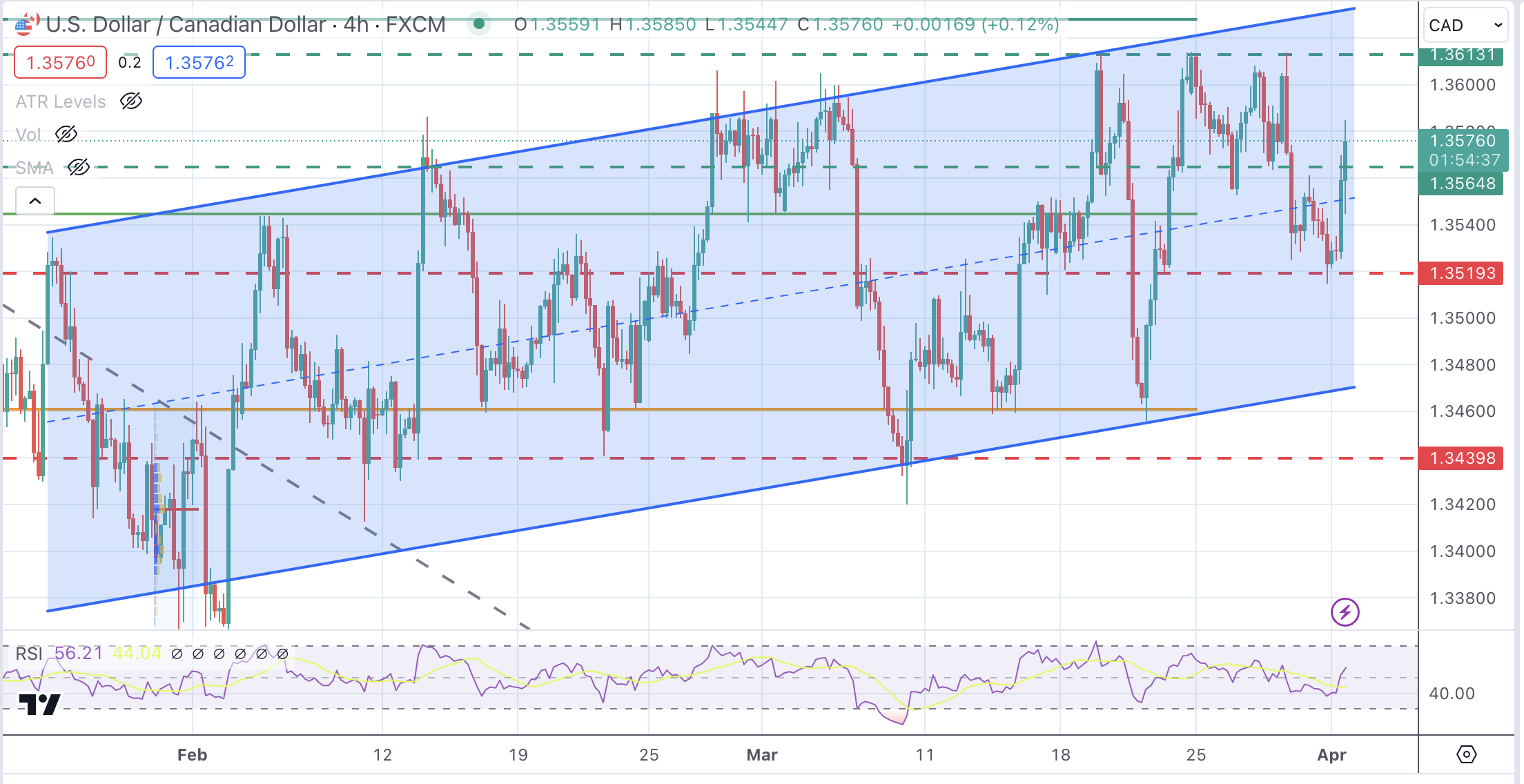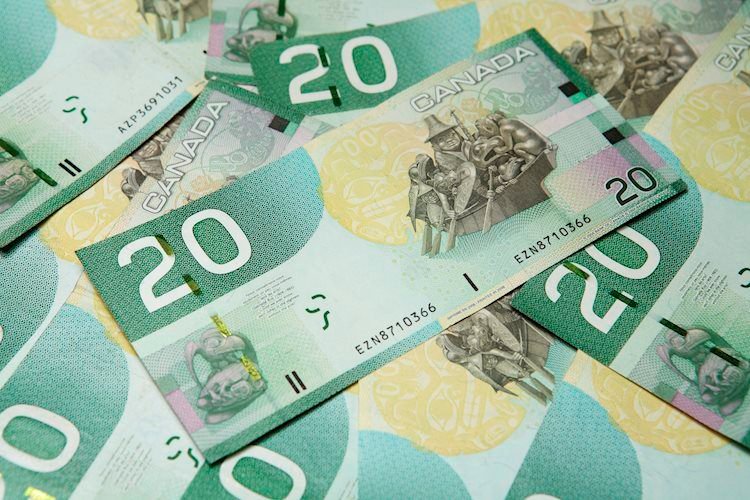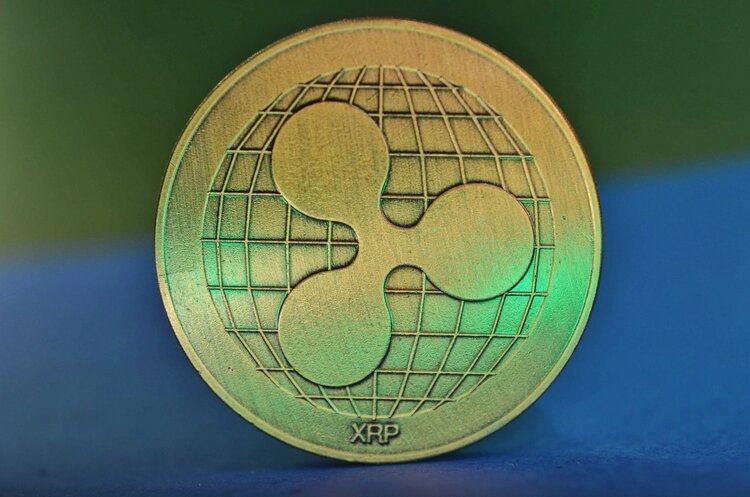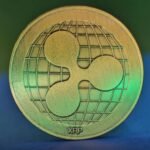- Canadian Dollar is losing momentum with strong US macroeconomic data boosting Greenback.
- Canadian S&P Manufacturing PMI fails to support Loonie.
- Oil prices have stalled near year-to-date highs, which adds negative pressure on CAD.
The Canadian Dollar (CAD) has opened the week on its back foot against a somewhat stronger US Dollar. Upbeat US manufacturing activity data and the softer crude prices are weighing on the Loonie in a thin market session as most European markets are closed on the Monday following Easter.
The US ISM Manufacturing index has shown levels above 50 for the first time since October 2022. These figures suggest an unexpected expansion of the sector’s activity in March and have been combined with improvements in all sub-indices with the prices component increasing at its fastest pace in almost two years, suggesting a positive contribution to inflation.
Earlier today, the Canadian S&P Manufacturing PMI remained little changed in March to complete a whole year of contraction in the sector’s activity. Beyond that, crude Oil prices have pulled back from recent highs, which adds negative pressure to the Canadian Dollar.
Daily digest market movers: USD/CAD bounces up on bright US data
- Canadian Dollar trades lower on Monday with the US Dollar favoured by upbeat US macroeconomic data.
- US ISM Manufacturing PMI has increased to 50.3 in March from 47.8 in February, beating market expectations of a 48.4 reading.
- Prices Paid in the manufacturing sector have surged to 55.8, their highest level since July 2022.
- Canadian S&P Manufacturing PMI has ticked up to 49.8 from 49.7 in February.
- Oil prices have pulled back from YTD highs at $83.65, which has added negative pressure to the commodity-linked CAD.
- On Friday, US PCE Prices Index grew at a 0.3% monthly pace in February, 2.5% YoY. The market was expecting a 0.4% monthly increase.
- US Consumer spending jumped 0.8% in February from 0.2% in January, well above the 0.5% increase anticipated by market experts.
- This week a slew of Fed speakers are likely to give further hints regarding the monetary policy outlook ahead of Friday’s Nonfarm Payrolls report.
US Dollar price today
The table below shows the percentage change of US Dollar (USD) against listed major currencies today. US Dollar was the weakest against the Japanese Yen.
| USD | EUR | GBP | CAD | AUD | JPY | NZD | CHF | |
| USD | 0.46% | 0.59% | 0.37% | 0.61% | 0.21% | 0.59% | 0.32% | |
| EUR | -0.46% | 0.13% | -0.08% | 0.15% | -0.25% | 0.13% | -0.14% | |
| GBP | -0.59% | -0.13% | -0.22% | 0.03% | -0.39% | 0.00% | -0.28% | |
| CAD | -0.37% | 0.10% | 0.21% | 0.24% | -0.17% | 0.21% | -0.06% | |
| AUD | -0.62% | -0.15% | -0.02% | -0.25% | -0.41% | -0.04% | -0.29% | |
| JPY | -0.22% | 0.28% | 0.38% | 0.17% | 0.43% | 0.42% | 0.12% | |
| NZD | -0.60% | -0.12% | 0.00% | -0.21% | 0.02% | -0.38% | -0.27% | |
| CHF | -0.33% | 0.14% | 0.27% | 0.06% | 0.29% | -0.11% | 0.27% |
The heat map shows percentage changes of major currencies against each other. The base currency is picked from the left column, while the quote currency is picked from the top row. For example, if you pick the Euro from the left column and move along the horizontal line to the Japanese Yen, the percentage change displayed in the box will represent EUR (base)/JPY (quote).
Technical analysis: The USD has scope for further appreciation to 1.3615
The USD/CAD regained positive traction on Monday, underpinned by the strong US macroeconomic data that endorses the “soft landing” rhetoric and opens cracks in the market view tat anticipates three rate hikes in 2024.
The pair keeps trading within a slightly bullish channel. The rebound from last week’s lows has breached resistance at 1.3565, which gives buyers hope to extend gains toward 1.3615 and the top of the channel at 1.3632. Supports are 1.3520 and 1.3470.
USD/CAD 4-Hour Chart

Canadian Dollar FAQs
The key factors driving the Canadian Dollar (CAD) are the level of interest rates set by the Bank of Canada (BoC), the price of Oil, Canada’s largest export, the health of its economy, inflation and the Trade Balance, which is the difference between the value of Canada’s exports versus its imports. Other factors include market sentiment – whether investors are taking on more risky assets (risk-on) or seeking safe-havens (risk-off) – with risk-on being CAD-positive. As its largest trading partner, the health of the US economy is also a key factor influencing the Canadian Dollar.
The Bank of Canada (BoC) has a significant influence on the Canadian Dollar by setting the level of interest rates that banks can lend to one another. This influences the level of interest rates for everyone. The main goal of the BoC is to maintain inflation at 1-3% by adjusting interest rates up or down. Relatively higher interest rates tend to be positive for the CAD. The Bank of Canada can also use quantitative easing and tightening to influence credit conditions, with the former CAD-negative and the latter CAD-positive.
The price of Oil is a key factor impacting the value of the Canadian Dollar. Petroleum is Canada’s biggest export, so Oil price tends to have an immediate impact on the CAD value. Generally, if Oil price rises CAD also goes up, as aggregate demand for the currency increases. The opposite is the case if the price of Oil falls. Higher Oil prices also tend to result in a greater likelihood of a positive Trade Balance, which is also supportive of the CAD.
While inflation had always traditionally been thought of as a negative factor for a currency since it lowers the value of money, the opposite has actually been the case in modern times with the relaxation of cross-border capital controls. Higher inflation tends to lead central banks to put up interest rates which attracts more capital inflows from global investors seeking a lucrative place to keep their money. This increases demand for the local currency, which in Canada’s case is the Canadian Dollar.
Macroeconomic data releases gauge the health of the economy and can have an impact on the Canadian Dollar. Indicators such as GDP, Manufacturing and Services PMIs, employment, and consumer sentiment surveys can all influence the direction of the CAD. A strong economy is good for the Canadian Dollar. Not only does it attract more foreign investment but it may encourage the Bank of Canada to put up interest rates, leading to a stronger currency. If economic data is weak, however, the CAD is likely to fall.


























